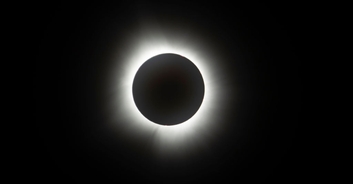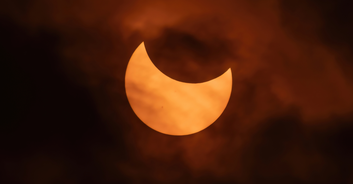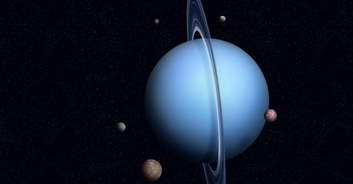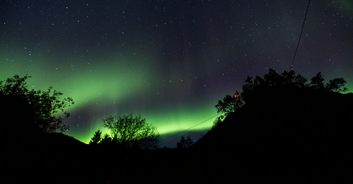The first meteor shower of 2024 will peak tonight - and you don't want to miss it!
The Quadrantid Meteor Shower - which began on December 28 - will reach its highest intensity tonight. Set your alarms as the cosmic extravaganza's peak will most certainly put on a spectacular show.
The Quadrantids are among the most powerful and most consistent meteor showers of the entire year and can produce up to 110 shooting stars every hour.
While most meteor showers stay at their peak for about two days, you'll have to be quick to catch the Quadrantids as it will most likely last around six hours, from late night to dawn tomorrow (January 4) morning.

Meteors are fragments of debris from comets and asteroids, which enter Earth's atmosphere at speeds of up to 43 miles per second. As they enter, they are immediately evaporated, causing the streaks of light in the night sky.
According to experts Margaret Campbell-Brown and Peter Brown in the 2024 Observer's Handbook of the Royal Astronomical Society of Canada, 2024 will be a promising year to watch for the peak of this stellar display.
The height of the show is predicted to be at 4AM Eastern Time or 1AM Pacific Time on Thursday (January 4), so the radiant of the Quads will ascend toward a good viewing position in the northeast sky, per Space.
Meteor fanatics in the eastern states will have some advantage as the radiant will be more elevated up in the sky compared to locations farther to the west.
It is expected that there'll be meteor rates of 60 or more per hour under a clear night sky, while lower numbers should be anticipated for those in western states.

For the best viewing position, it is highly recommended that meteor watchers head to a wide open space area with little light pollution, at around midnight.
"Hunting for meteors, like the rest of astronomy, is a waiting game, so it's best to bring a comfy chair to sit on and to wrap up warm as you could be outside for a while," Royal Museums Greenwich said, as cited by Daily Mail.
"They can be seen with the naked eye so there's no need for binoculars or a telescope, though you will need to allow your eyes to adjust to the dark for at least 15 minutes beforehand," they added.
There is a downside as the peak will coincide with the Moon's Last Quarter phase this year, so moonlight will cause some interference in seeing the meteors. That means that if you live in the Eastern US, you may not see more than 20 or 30 of these blue streakers during a single hour. While anyone in the West may catch sight of about a dozen or so Quads per hour.
Nevertheless, we hope you enjoy the show!










